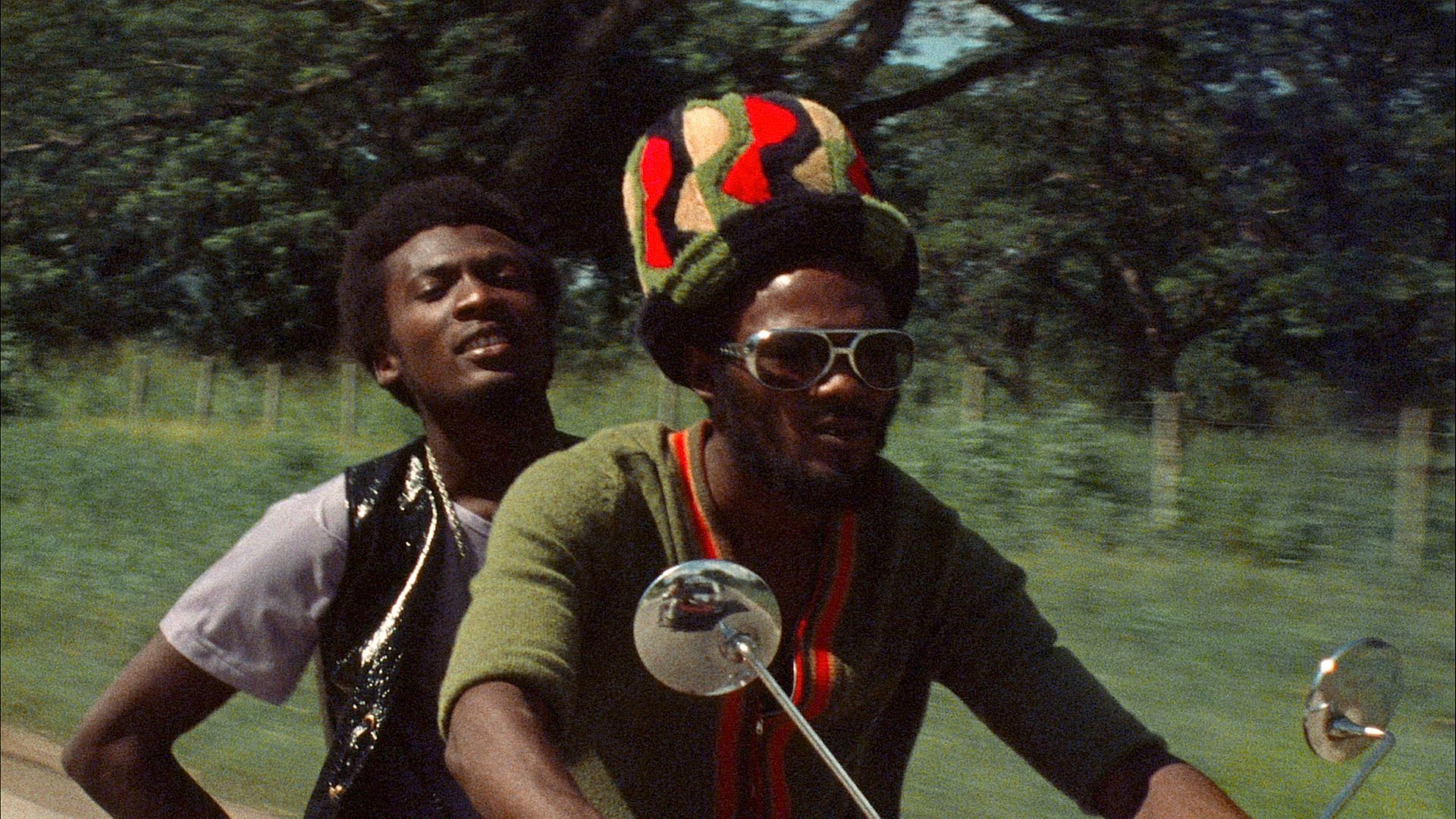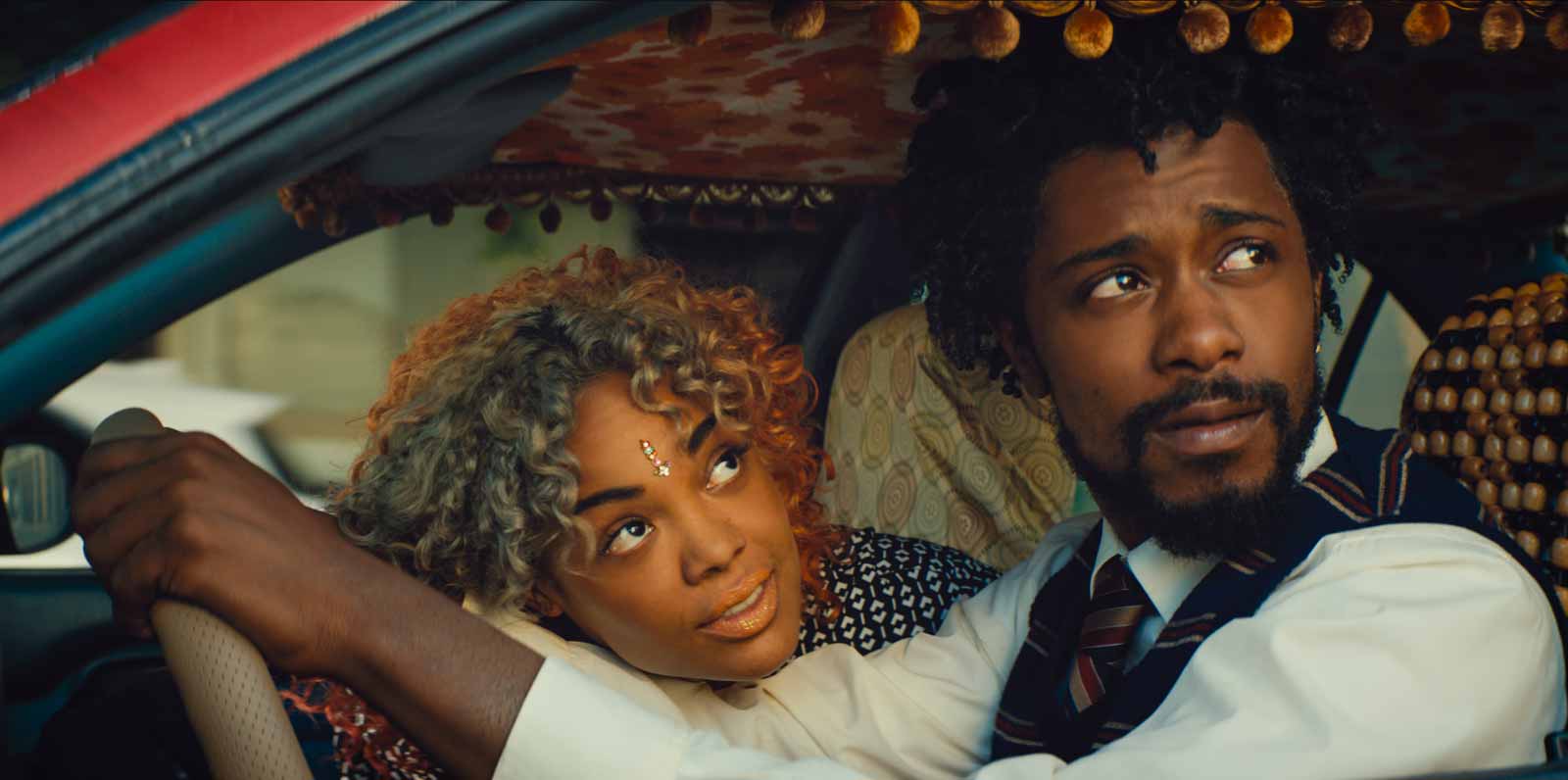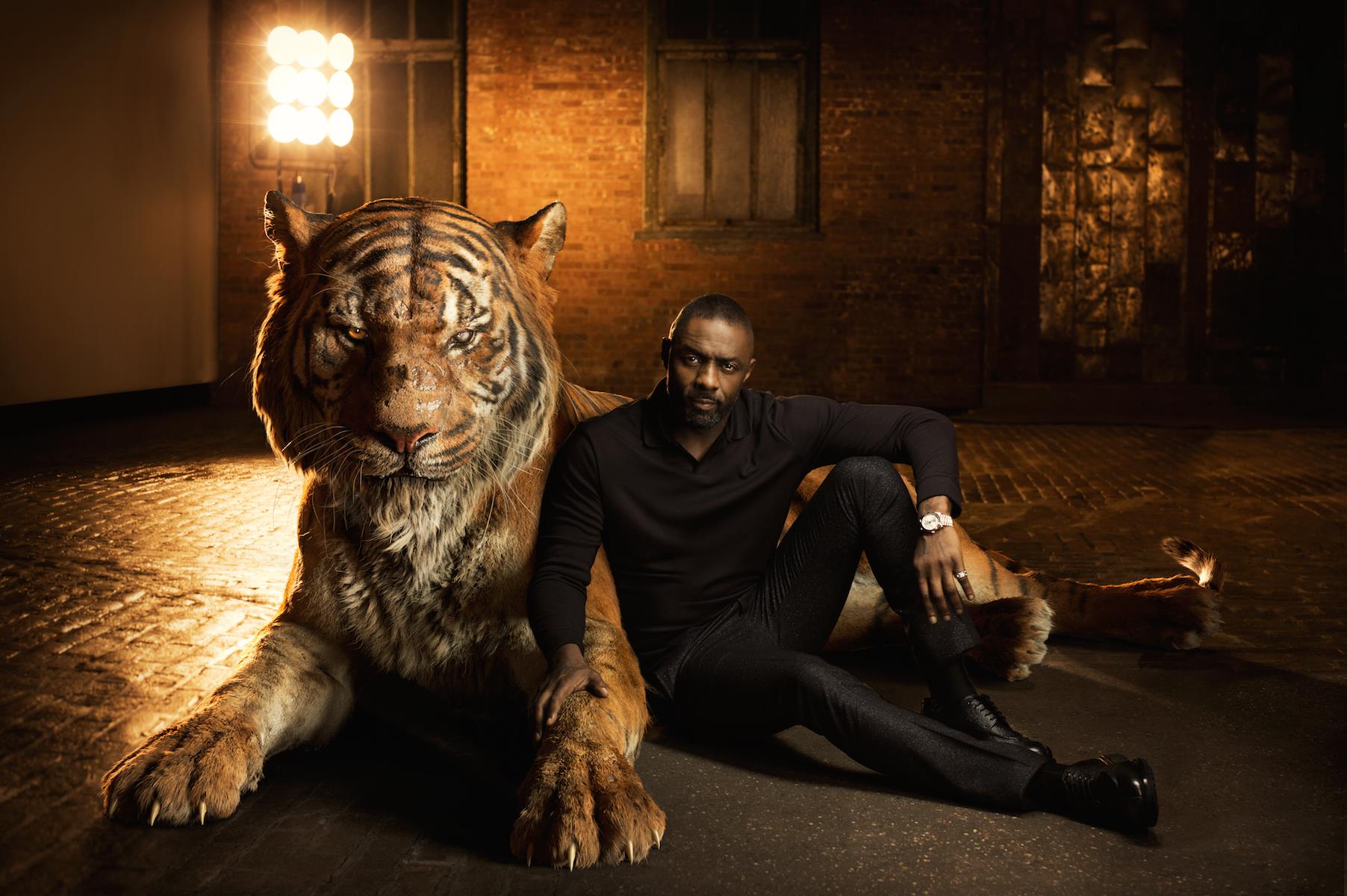
courtesy of Netflix
Westerns are integral to the understanding of America and its own view of itself. These are tales of freedom, the righteous self-determination of man, masculinity and community. The cowboy is instantly retrievable in our mind: a gun-toting, horse-riding, swaggering hero, who is usually white. This narrow image erases people of colour from a cornerstone of American identity, simplifying and erasing the realities of the collective past. Just as we all know Jesus wasn’t white, the hue of the cowboy has been whitewashed via the Hollywood film genre. In fact, historians estimate that one in four cowboys were black. So African Americans have rebooted the tradition via the Yee Haw agenda and now also through The Harder They Fall.
The new Western made by the London-born director Jeymes Samuel is seeking to redress historical whitewashing. It follows the rivalry between two African American outlaw gangs, the Nat Love Gang, and the Rufus Buck Gang. As the opening lines state in bold letters across the screen: ‘While the events of this story are fictional…These. People. Existed’.
And, they did. The gangs are led by Nat Love, played by a crucifix-scarred Jonathan Majors, the real-life figure was a fearless trailblazing ex-slave who wrote an autobiography indicating that he was the original inspiration for Deadwood Dick and Rufus Buck (Idris Elba). Rufus was a real outlaw and so were Jim Beckworth, Bill Cherokee. Gertrude ‘Treacherous Trudy’ Smith, and Stagecoach Mary (the love interest played by Zazie Beetz, who is controversially a much lighter hue than she was IRL) were real female frontiers. Indeed, the filmmaker redresses the erasure enacted by Classical Hollywood films: Deadwood Dick (inspired by Nat Love), was played by white actors in a series of silent shorts and a 1940s feature. In 1951, the film Tomahawk cast a white actor as Jim Beckwourth, despite him being a black cowboy. Although a review in The Hollywood Reporter suggested that Jeymes fictionalized these lives and inadvertently distorted history, I would argue that he memorializes these black legendary figures through an act of mythmaking.

After all, isn’t all white-written history a sort of fiction, a white triumphalist schema from which non-white people have been conveniently erased? As one descendant of a cowboy explained in the book Black Cowboys of the Old West: True, Sensational, and Little-Known Stories from History: “We didn’t write the books. We didn’t produce the movies. So, we were politely deleted”. Black cowboys and lethal frontier women were central to the Wild West. Of course, the real Cherokee Bill probably never used the word ‘nincompoop’ and Stagecoach Mary probably didn’t sing sultry tunes in her brothel in impeccably fitted corsets. In fact the historical timeline renders much of the plot implausible. But Jeymes’ own interpretation, although mythical, centres these figures and revives their stories.
The Harder They Fall is the best kind of revenge odyssey filled with climactic martial-art scenes, bursts of colour, and men’s tears. The film begins in an intimate familial setting, where we encounter a young boy praying before dinner with his parents. This is rudely interrupted by Rufus Buck, who attacks the family leaving the boy orphaned and branded with the scar of a crucifix on his forehead. Fast-forward to the film’s present day, sometime in the late 1800s, and we learn that the boy grows up to be Nat Love, an outlaw on a mission to track down the gang that murdered his parents and all other bad guys in the West. And thus the opening scene is punctuated with four shots revealing the title. THE. HARDER. THEY. FALL. He has killed all but Rufus, who is serving a life sentence in jail. Just as he is about to settle down for a tranquil married life with Stagecoach Mary, he learns that Rufus has been broken out of jail by his trusted Buck Gang, consisting of the ineffably cool Cherokee Bill and the ice-cold Trudy, played by LaKeith Stanfield and Regina King.
Jeymes’ characters all possess idiosyncratic charm, personalities full of poise and wit. The power of their depth lies in the razor-sharp script, which fires shots with its quickfire punchlines.
“When it comes to race, The Harder They Fall opts to show rather than tell displaying Blackness as something that has always been stitched into the Western and American identity.”
It’s refreshing to see a revisionist Western go beyond the racial dynamics of films such as Django Unchained, where the protagonist played by Jamie Foxx is inert until the white man, Dr King Schultz, helps Django and guides him forward. Here, a black character is unable to experience freedom until he is saved by a white hero. So many acclaimed films such as Django or The Green Man focus on the relationship of blackness to whiteness, of being subjugated, pursued or saved by whiteness. However, this film changes the discourse into one of black autonomy. One of the most wonderful parts of The Harder They Fall is its complete disinterest with white people, instead of focusing on the agency of its eclectic black heroes.
There are some coded references to race: there’s a robbery of the whitest bank in the whitest town. Literally. Every brick, sign and the wooden houses have been bleached white to match its population. Even the horses are white. Watching the overbearingly bright and colourless mise-en-scene is a subtle reminder of the whitewashed Western film history. Amidst the comedy is a sharp critique of the segregationist racism of the era, as the white bank ladies laugh in Cuffee’s face when she steps up to the counter. Nevertheless, The Harder They Fall’s power lies in its championing of black agency as Cuffee and Nat rob the bank with finesse, daring anyone else to laugh in the face of their ingenuity. The same can be said of another scene where a man goes to utter a word beginning with “n” and has it interrupted with a fatal bullet. A deadpan Regina King, who almost breaks the fourth wall, glances past the camera and declares: ‘They say anything that even start with N, they gonna meet the same fate’.
When it comes to race The Harder They Fall opts to show rather than tell, displaying Blackness as something that has always been stitched into the Western and American identity. For audiences of Hollywood movies, as Manthia Diawara points out in her essay, Black Spectatorship: Problems of Identification and Resistance, ‘the dominant cinema situates Black characters primarily for the pleasure of White spectators.’ This hegemonic white cinema has historically framed African American characters as non-threatening, usually “de-territorialized from a Black milieu and transferred to a predominantly white world”.
The fact that their race isn’t something that is overtly screamed from the rooftops shows that it is catering to black audiences and expecting white people to come along to enjoy the ride – not to be taught lessons or heralded. “It’s a film about a group of people, and, by default, these people are Black,” Jeymes told The New York Times. “But their skin colour has nothing to do with the story. Which is what we’ve been waiting for, right?”
Style and substance are married together beautifully within The Harder They Fall, especially with the killer soundtrack curated alongside the producer Jay-Z. Jeymes is better known as musician, The Bullitts, and every shot of the film reveals his musical core, as camera cuts align with the sound of gunshots. Rather than following Western traditions with country and American folk music, the soundtrack has dub dissolve into hip hop, dancehall tunes flow into rap which in turn begets afrobeats, and it all intertwines beautifully to paint a sonic landscape of black creativity. You listen to this film as much as you watch it. From Barrington Levy to Koffee, his soundtrack locates these characters in the broader context of the African diaspora.
The Harder They Fall pays homage not only to Sergio Leone and Quentin Tarantino, but also to the race and low-budget movies made for Black audiences during the Jim Crow era, which often featured black Westerns. The Black Western has existed since the 1930s, despite being almost forgotten in film history. They invited black Americans to see themselves as fully vested American citizens and righteous heroes. Many of these films starred Herb Jeffries, the first black cowboy actor in Hollywood, who often sang blues songs in his films. We can see traces of Herb’s performance in The Bronze Buckaroo emerge in The Harder They Fall, in a tender moment between the Love Gang before the final shootout. Bill Pickett (Edi G) starts humming the words of a blues song, while the rest respond, singing in call-and-response, each holding up the other and reminding us of the blues’ legacy of resistance, from plantation-era until present-day.
Both before and following the Civil War, many black men fled to the frontier for the unprecedented freedom of a cowboy’s life. Here, the freedom offered by the West reveals more significance than the genre has ever acknowledged — it can be a mode of black resistance.
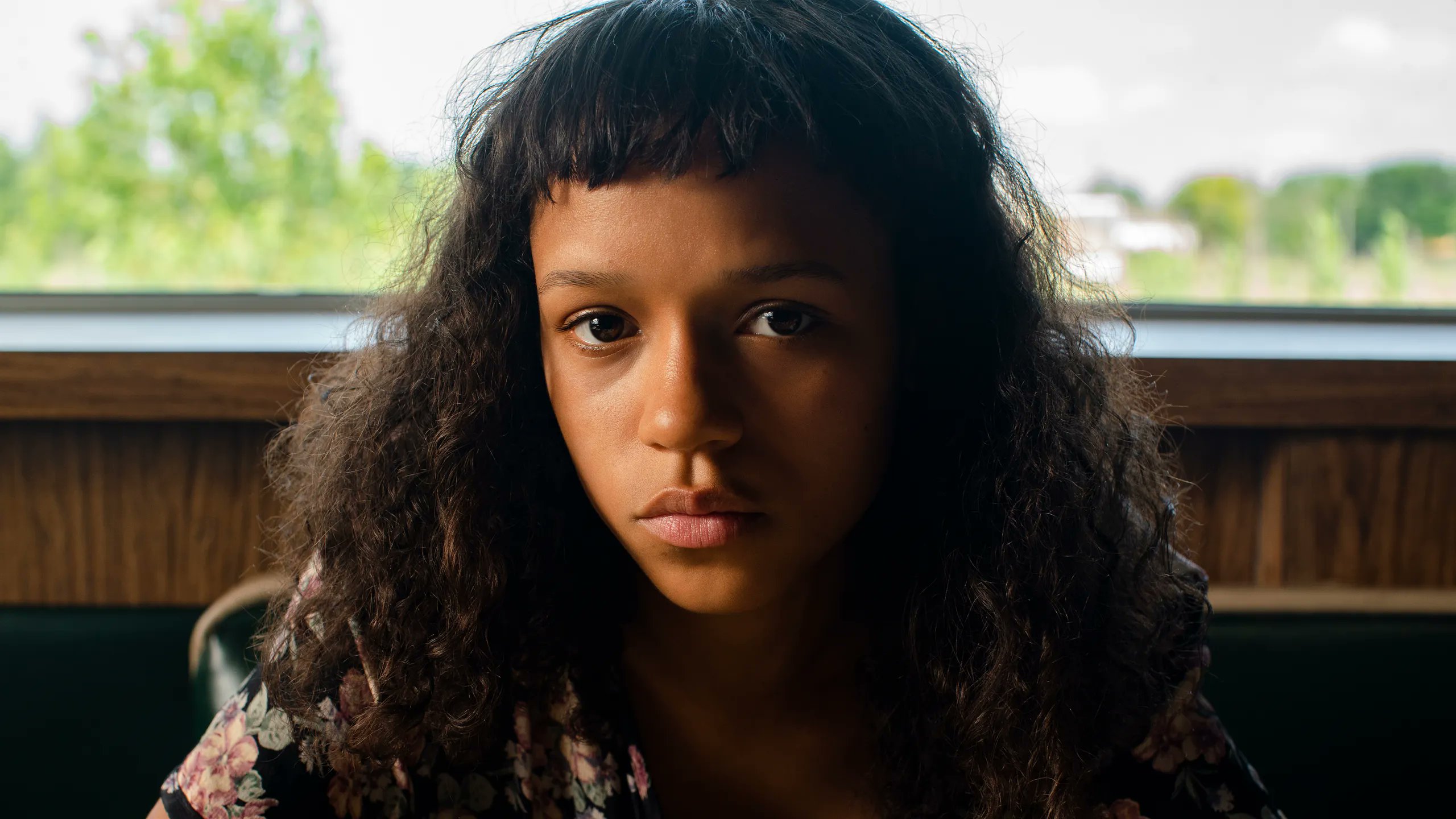
She ate: Maren’s Bones and All journey is a metaphor for radical self-acceptance
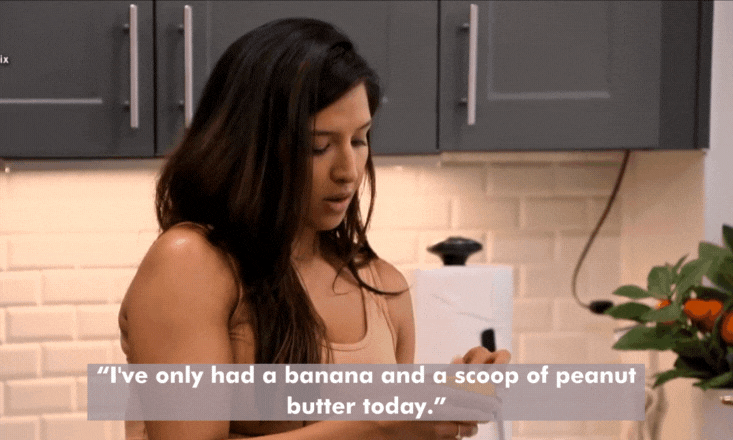
Twin Flames: Maybe Love is Blind’s Cole and Zanab were gaslighting each other

Sex Education’s Maeve and Isaac caravan canoodle is a romantic scene like no other


